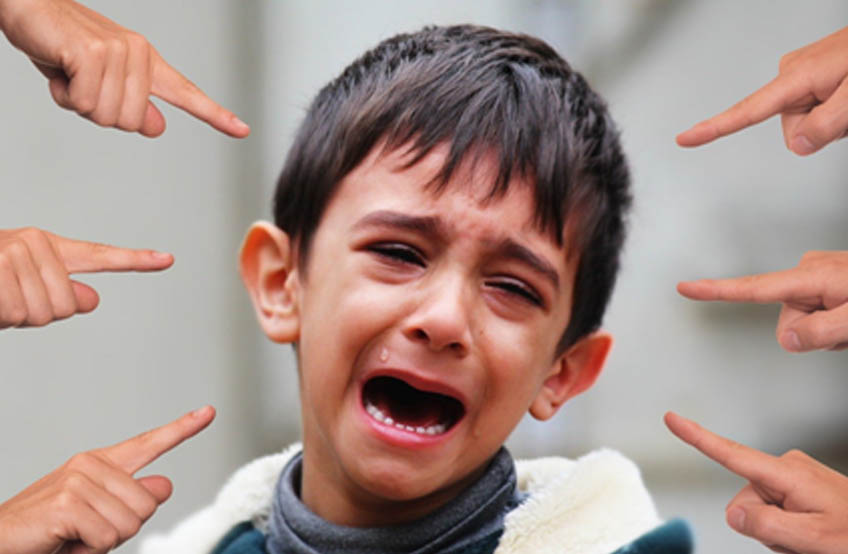
What Is Bullying?
Bullying is a form of aggressive behavior in which someone intentionally and repeatedly causes another person injury or discomfort.
The behavior is repeated, or has the potential to be repeated, over time.
Both who are bullied and who bully others may have serious, lasting problems
Bullying can be physical, verbal, or relational, in-person or online.
You may live in constant fear of where and when the bully will strike next, what they’ll do, and how far they’ll go.
In order to be considered bullying, the behavior must be aggressive and include:
- An Imbalance of Power: Kids, Teens and Adults who bully use their power – such as physical strength, access to embarrassing information, or popularity – to control or harm others. Power imbalances can change over time and in different situations, even if they involve the same people.
- Repetition:Bullying behaviors happen more than once or have the potential to happen more than once.
Types of Bullying
1. Verbal bullying – is saying or writing mean things. Verbal bullying includes:
- Teasing
- Name-calling
- Inappropriate sexual comments
- Taunting
- Threatening to cause harm
2. Social bullying – sometimes referred to as relational bullying, involves hurting someone’s reputation or relationships. Social bullying includes:
- Leaving someone out on purpose
- Telling other children not to be friends with someone
- Spreading rumors about someone
- Embarrassing someone in public
- Refusing to talk to you
3. Physical bullying – involves hurting a person’s body or possessions. Physical bullying includes:
- Hitting/kicking/pinching/Stealing/Ruining your things
- Spitting
- Tripping/pushing
- Taking or breaking someone’s things
- Making mean or rude hand gestures
- Harassmentor humiliation
4. Cyberbullying – is bullying that takes place over digital devices like cell phones, computers, and tablets. Cyberbullying can occur through SMS, Text, and apps, or online in social media, forums, or gaming where people can view, participate in, or share content. Cyberbullying includes:
- Sending, posting, or sharing negative, harmful, false, or mean content about someone else
- Sharing personal or private information about someone else causing embarrassment or humiliation
- Some cyberbullying crosses the line into unlawful or criminal behavior.
Where and When Bullying Happens
Bullying can occur during or after school hours. While most reported bullying happens in the school building, a significant percentage also happens in places like on the playground or the bus. It can also happen travelling to or from school, in the youth’s neighborhood, or on the Internet. Bullying can happen at workplace as well.
Being bullied can leave you feeling helpless, humiliated, depressed, or even suicidal.
Victims of bullying are at risk for a variety of mental health concerns. Some of them are at risk for experiencing an acute stress or trauma reaction. Depending on the form of bullying, they could have posttraumatic stress disorder (PTSD), but depression and anxiety are the most common mental health disorders we see in kids who are bullied.
Childhood bullying has serious effects on both short and long-term health of children. Immediate intervention and long-term follow-up can help mediate some of these effects.
Studies showed that children and youth who bully others over time are at higher risk for more intense anti-social behaviors like problems at school, substance use, and aggressive behavior.
It is imperative that schools, families, and communities work together to understand bullying and its consequences and find ways to decrease, and hopefully eradicate, bullying both in schools and communities.




